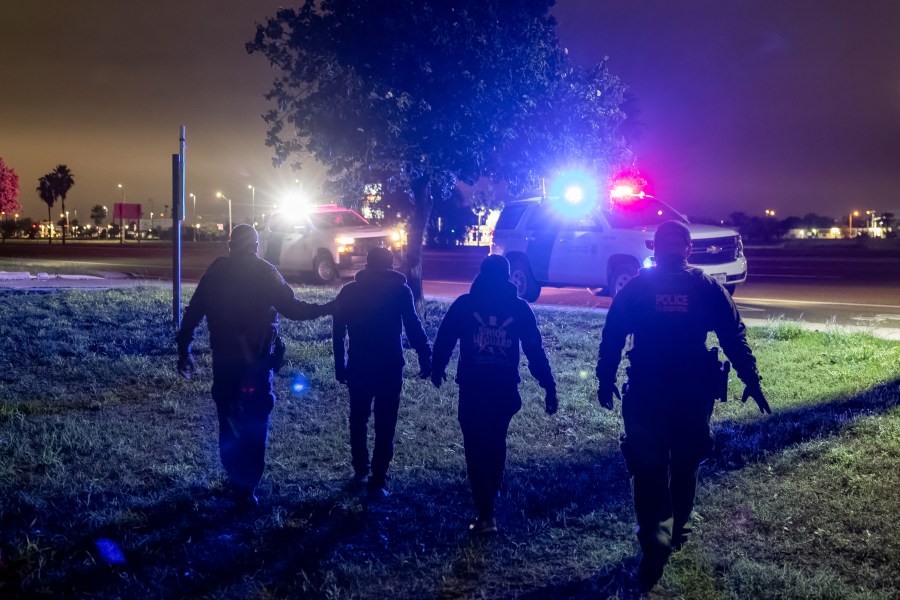Border agent describes how cartels are using drones

(NewsNation) — Cartels have been using drones to help them track U.S. Customs and Border Protection officials, Rio Grande Valley Sector Chief Patrol Agent Gloria Chavez said at a recent Congressional hearing.
Chavez testified that in the Rio Grande Valley sector of Texas alone, Border Patrol has faced over 10,000 drone incursions and 25,000 drone sightings in just one year.
“The adversaries have 17 times the number of drones, twice the amount of flight hours and unlimited funding to grow their operations,” Chavez said.
Department of Homeland Security sources say while the Rio Grande Valley is seeing the overwhelming majority of these sophisticated drones in U.S. airspace, incursions are happening all along the southern border.
“They’re using the drones because they can,” Art Del Cueto, vice president of the National Border Patrol Council, said. “They know it’s an extra tool that they can use, so they can continue to bring their drugs across, or they can continue to bring people across.”
Del Cueto says the drones have been spotted flying over border patrol stations and ports of entry, potentially gathering sensitive information.
“I don’t think the cartels need drones so they can bring drugs across at the port of entries,” Del Cueto said. “It’s obvious that a lot of these drugs are coming in between the ports.”
NewsNation has previously written about how human smuggling in the Rio Grande Valley is a daily occurrence, and lucrative business, for cartels south of the U.S. -Mexico border, leading some to invest in new technology.

“They’ll use drones to scout our positions, where our border patrol agents are, how can they facilitate the drug trade,” Brandon Judd of the National Border Patrol Council previously said.
To compete with these drones, Judd said it’s time for border security to evolve.
“We have to beef up our intel,” he said. “We have to beef up understanding and knowing where these drones are coming from, when they’re going to come, where they’re going to land; if we can do that, we can be much more successful.”
Cartels having the upper hand when it comes to drones isn’t only an issue at the border — it could also pose a threat to the security of the nation, experts say.
“They have all this money, all of this power, this increase in size, operationally, and these alliances with these adversaries,” national security expert Charles Marino said. “I would say that these drones do become a national security problem, because what the cartels have proven time and time again is that they will do mostly anything for money.”
Drones were just one aspect of life on the border members of Congress heard during the Committee on Oversight and Accountability’s hearing on Tuesday. Giving testimony were Chavez and Chief Patrol Agent John Modlin of the border’s Tucson, Arizona Sector.
Border crossings have gone from “unprecedented,” Modlin said, to the point where he “doesn’t have the correct adjective” to describe what’s going on.
House members on Tuesday heavily focused on the flow of fentanyl into the United States, using data to show that much of the drug is seized by Customs and Border Protection officers at ports of entry. However, Modlin said they still found a lot of it in the field, mostly being backpacked across the border.
“Last year, we seized about 700 pounds of fentanyl (in the Tucson sector alone),” Modlin said. Broken down, that is roughly 3,174,500 pills.









